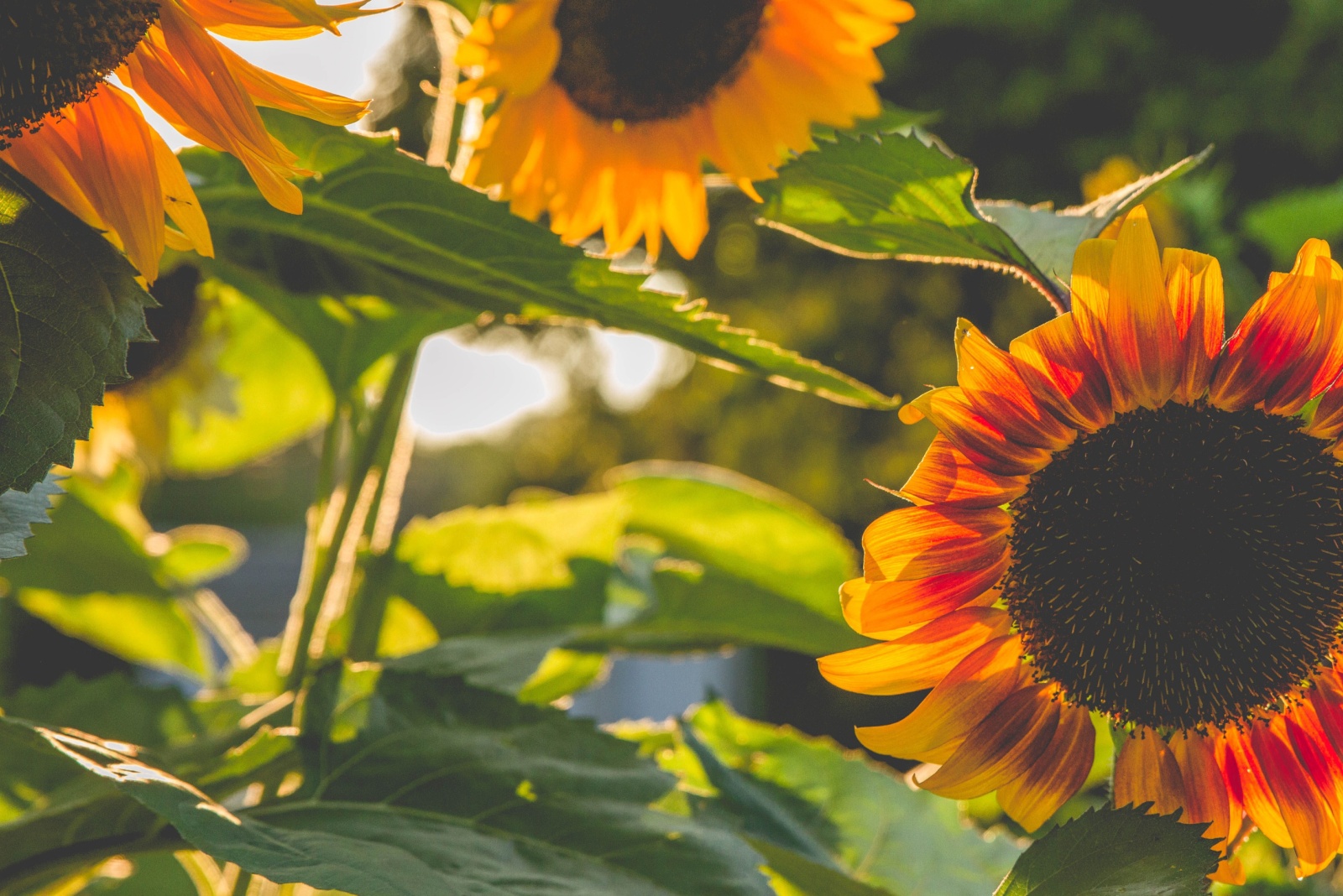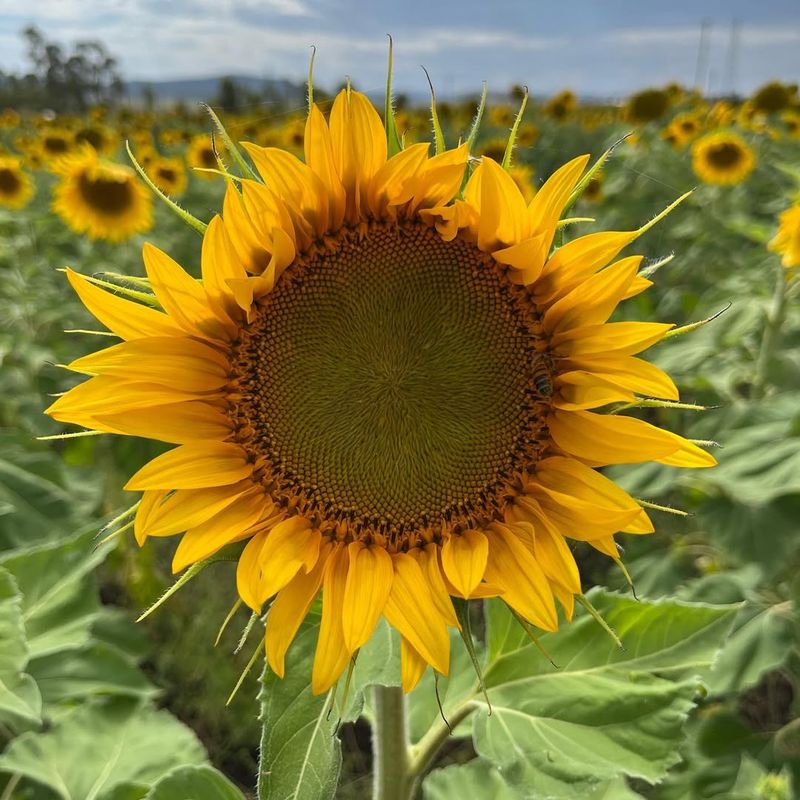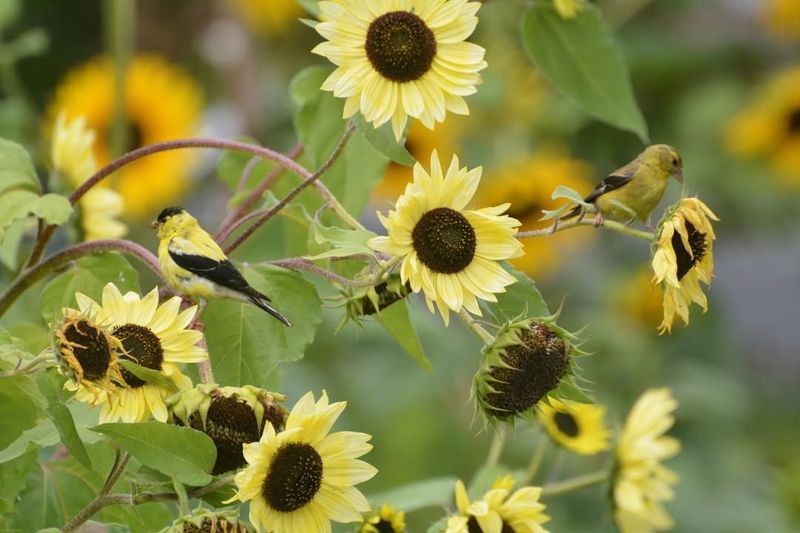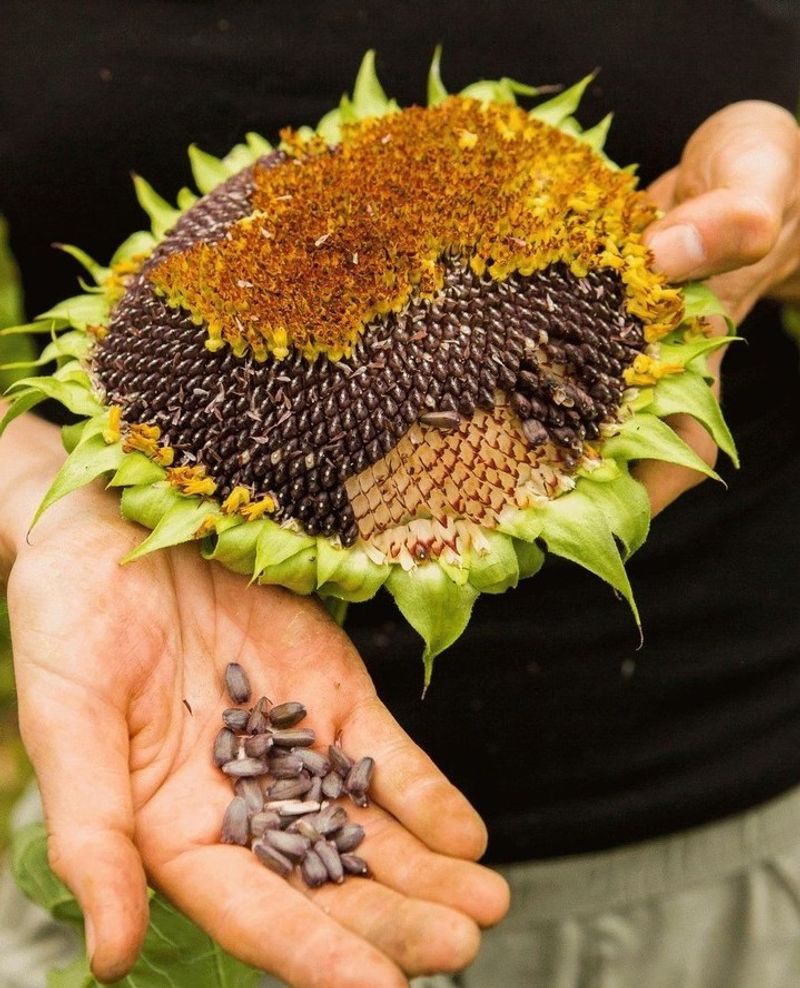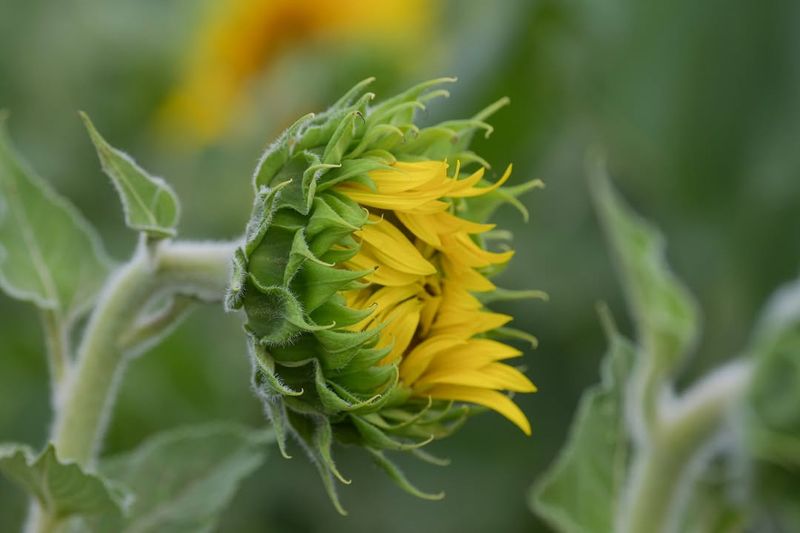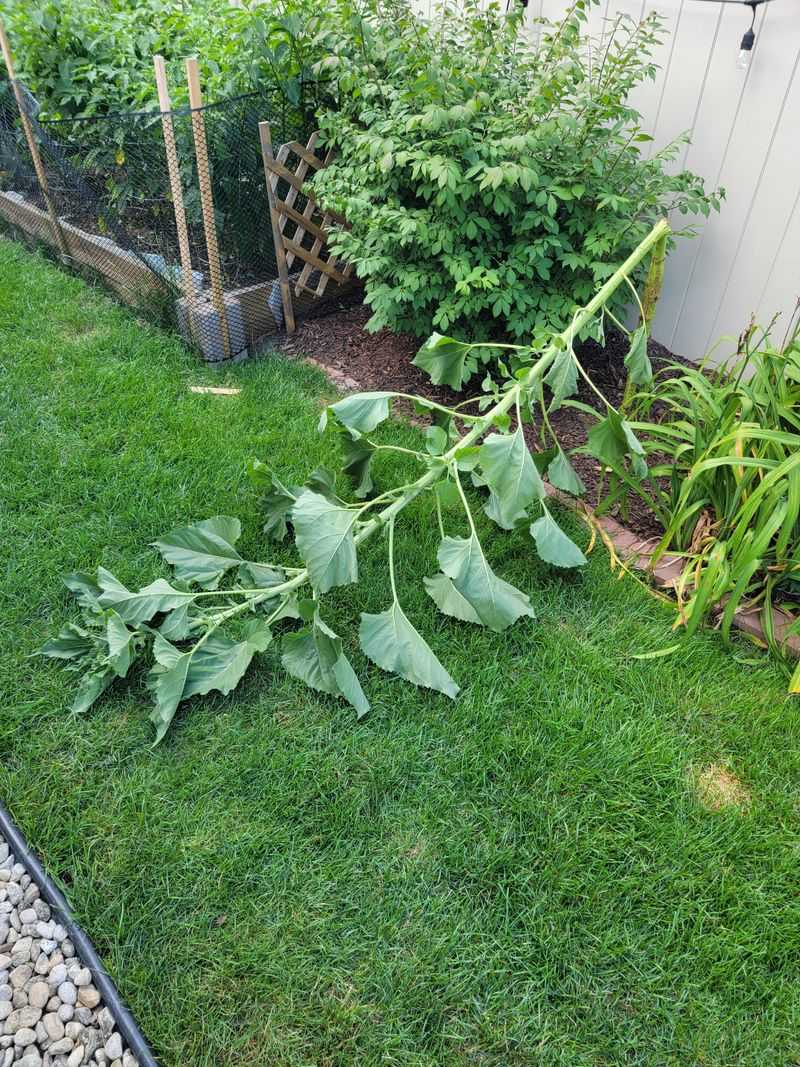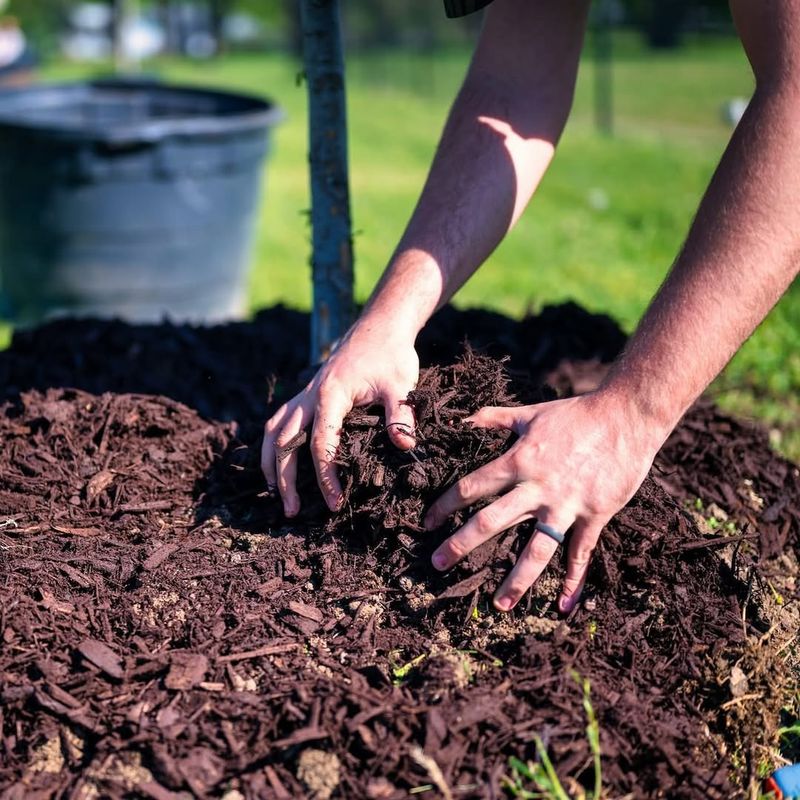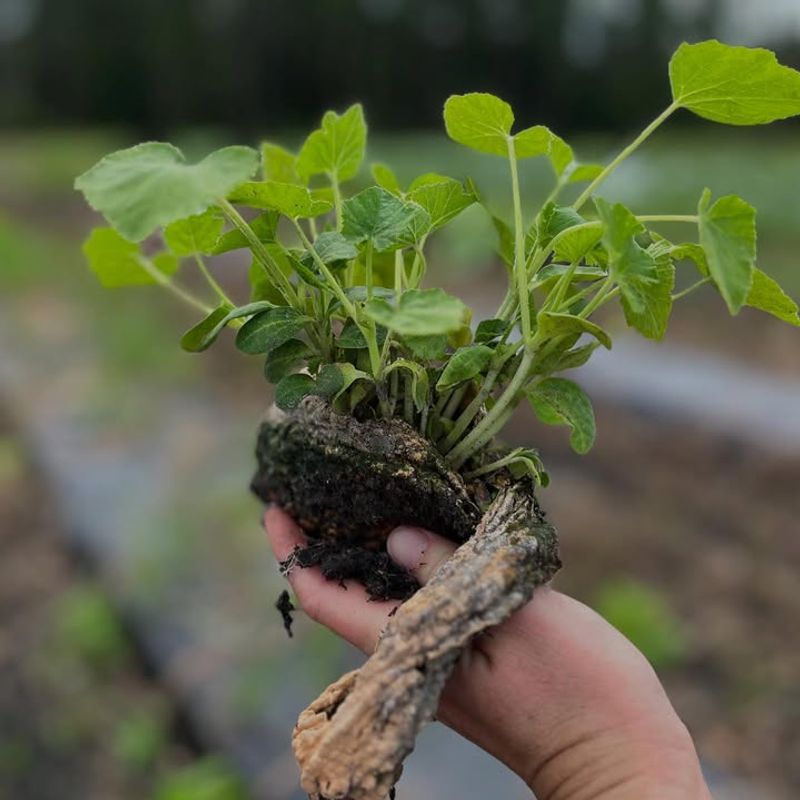Fall in Kansas brings a special challenge for sunflower growers as these iconic state flowers begin to fade. Many gardeners wonder whether to cut these cheerful giants down or leave them standing through the winter months.
The decision affects not just your garden’s appearance but also wildlife habitat and next year’s growing success.
1. Wait For The Right Moment
Timing matters tremendously when deciding to cut sunflowers. Wait until the back of the flower head turns yellow-brown and the petals have mostly fallen off. The seeds should feel firm when touched.
Rushing this process might mean harvesting immature seeds that won’t germinate next season. In Kansas, this typically happens by late September to mid-October, depending on when your particular variety bloomed.
2. Consider Wildlife Benefits
Leaving sunflower stalks standing creates natural bird feeders throughout winter. Kansas winters bring goldfinches, chickadees, and cardinals that rely on these seeds for nourishment during scarce months.
The stalks themselves provide perches and shelter from harsh prairie winds. Many Kansas gardeners find joy watching wildlife visitors, making this a compelling reason to delay cutting until early spring.
3. Harvest Seeds Properly
Got plans for those sunflower seeds? Cut the heads with about a foot of stem attached and hang them upside down in a dry, well-ventilated space. Cover with paper bags to catch falling seeds.
Kansas’s relatively dry fall climate helps with the drying process. Once completely dry, rub the heads to release seeds, then store them in airtight containers for planting next spring or enjoy them as nutritious snacks.
4. Prevent Disease Spread
Diseased sunflowers should always be cut down and removed from your garden. Signs include spotted leaves, moldy stems, or deformed flower heads. Kansas’s humid summer days can foster fungal problems that persist in debris.
Never compost these infected plants! Bag them up and dispose of them properly. Cleaning up diseased material helps prevent problems from carrying over to next year’s garden.
5. Prepare For Prairie Winds
Kansas’s famous winds can turn tall, dry sunflower stalks into garden missiles! If your garden sits in an exposed location, cutting stalks down to about 12 inches provides stability while still offering wildlife benefits.
The remaining stalk stubs mark planting locations and protect the root systems. Many experienced Kansas gardeners use this compromise approach, especially in western regions where winter gusts regularly exceed 40 mph.
6. Mulch Matters
After cutting sunflowers, don’t leave the soil bare! Kansas winters bring temperature extremes that can damage soil structure. Apply a 2-inch layer of mulch around the cut stalks.
Prairie hay, straw, or shredded leaves work perfectly. This mulch insulates the soil, prevents erosion during spring rains, and gradually breaks down to enrich your garden. Just avoid piling mulch directly against remaining stalks to prevent rot.
7. Plan For Volunteer Seedlings
Fallen seeds from standing sunflowers will sprout everywhere next spring! For some Kansas gardeners, these volunteers are welcome surprises. For others, they’re unwanted interlopers in carefully planned beds.
If you prefer controlled planting, cut and harvest flower heads before seeds drop. Mark your calendar for early spring cleanup to remove any remaining stalks before the growing season begins, giving you a fresh canvas for next year’s garden dreams.

